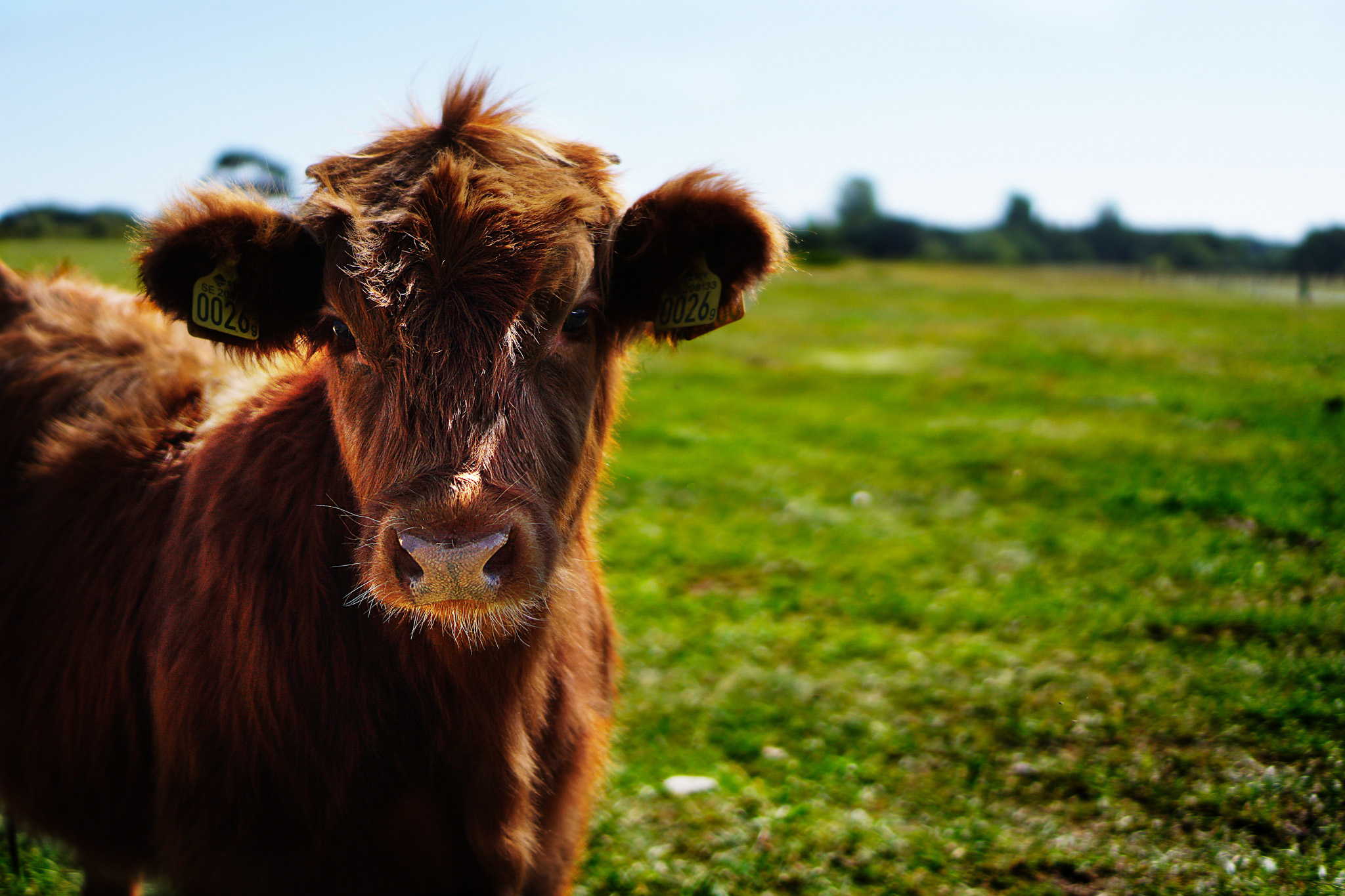Understanding Ag Exemption in Texas: An In-depth Look
If you’ve ever considered buying land in Texas, you’ve probably heard about agricultural exemptions or ‘AG exemptions’. These exemptions are a way for Texas landowners to benefit from tax breaks provided they meet certain requirements related to agricultural production. If you qualify, the tax savings can be substantial, so let’s dive into understanding what an AG exemption is, how it works and the benefits it provides.
What is an Ag Exemption?
An agricultural exemption, is not precisely an exemption in the traditional sense. Instead, it’s a special valuation method applied to the appraised values of properties in Texas, allowing landowners to be taxed based on their land’s agricultural productivity value rather than its market value.
This special provision aims to promote agricultural activities in the state by reducing the property tax burden on landowners. By tying the tax value to agricultural productivity, landowners are incentivized to continue farming or ranching activities, thereby ensuring that the state’s vast landscapes remain productive and contribute to the local economy.
In essence, the tax benefits are twofold.
First, they reward individuals and businesses who engage in farming, ranching, or other agricultural practices. Second, they serve as a deterrent to hasty land development, ensuring that vast stretches of Texas remain untouched and preserving the state’s rich agricultural heritage. This is why counties create regulations to set the minimum required acreage to qualify for the exemption.
The intricate nature of the ag exemption, combined with the various agricultural practices it encompasses, often leads to a plethora of questions among landowners and prospective buyers.
Frequently Asked Questions
1. What is the minimum acreage to qualify for ag exemption in Texas?
These requirements vary by county. Generally, a range of 10-15 acres is required, though there are exceptions. For example, if you were purchasing a 10 acre tract out of a 100 acre tract that had been under a AG exemption, you may still be able to qualify for the exemption if you raise bee’s, even if the general county requirement was 12 acres.
2. What qualifies as ag exemption in Texas?
Land primarily used for agricultural purposes over at least five of the past seven years is eligible. This includes activities such as crop production, livestock rearing, poultry, cover crops, timber, beekeeping, etc. Specific requirements differ by county, including acreage and intensity of agricultural use.
3. Do horses count in ag exemption?
Breeding or selling horses might make you eligible. But activities like horse racing, showing, boarding, or training usually don’t qualify. Your county appraisal district will provide clarity on this.
4. How many animals are needed for Texas ag exemption?
The answer lies in your county’s “intensity standards.” Factors like climate and rainfall play a role in determining how many acres are needed per animal. For instance, in Travis County, the minimum requirement for grazing stock is 4 animal units. A grazing livestock animal unit equals; 1 mature cow; 2 five-hundred pound calves; 6 sheep; 7 goats, or 1 mature horse. If you only had cows, you would need a total of 4 mature ones. If you only had goats, you would need twenty-eight. A combination such as 2 cows, and 12 sheep would be four animal units. Another example is 1 cow, 2 calves, 6 sheep and 7 goats which would be equal to the required number of 4 animal units.
5. How much does a Texas ag exemption save?
The savings vary by county tax rates, but can be substantial. For instance in Brazoria County, owning 15 acres of ag exempt land could reduce your property tax bill by over $2,500. Similar savings should also be expected in different counties across the state.
6. How to buy ag exempt land in Texas?
It’s crucial to collaborate with a real estate agent well-versed in rural land transactions like we have at Nuvilla Realty. If the land has an existing ag valuation, maintaining it post-purchase is vital to avoid high rollback taxes. If you were to change the use of the property or subdivide it you may be surprised when you receive a hefty tax bill from the county.
7. What is the difference between an Ag exemption and a homestead exemption?
While both provide tax relief, they cater to different needs. An Ag exemption is a special valuation for land used for agricultural purposes, focusing on the land’s productive value, not its market value. On the other hand, a homestead exemption is a tax break for homeowners occupying their primary residence. In most cases, they can be used in conjunction with each other but the homestead will apply solely to the house and the Ag exemption will apply to the surrounding acreage.
8. What animals qualify for ag exemption in Texas?
Animals such as cattle, sheep, goats, and bees are common qualifiers. However, rules differ by county. Always check with the local appraisal district or use resources like the Texas comptroller’s county directory. For instance, bees can often qualify for an ag exemption with as little as 5 acres in many Texas counties if the original tract of land was used for agriculture.
9. Do chickens qualify for ag exemption in Texas?
Yes, chickens can qualify, but each county has unique requirements, which frequently change. Typically, poultry exemptions are for large scale commercial operations. It is unlikely raising half dozen chickens will qualify.
10. How many cows do you need to be tax exempt in Texas?
It hinges on your county’s intensity standards. One cow typically counts as an animal unit, and you will often be required to have 4 or more units. The intensity standards can sometimes change due to factors like rainfall or local developments.
11. What is a Wildlife Exemption?
If your land is already qualified for agricultural use, you may be able to convert it to wildlife management use to maintain the exemption. Landowners must conduct at least three of seven wildlife practices each year. These include habitat control, erosion control, predator control, supplemental water, supplemental shelter, and census counts. If you were no longer interested in agriculture a wildlife exemption can be a great way to maintain the tax benefits.
Conclusion
The ag exemption in Texas serves as both a testament to the state’s commitment to preserving its agricultural foundations and a significant boon for those involved in farming and ranching activities. Through this provision, Texas ensures that its rich landscapes continue to thrive, feeding and supporting its communities. Understanding the nuances of the ag exemption is crucial for landowners, as it can lead to substantial tax savings and influence land usage decisions.





